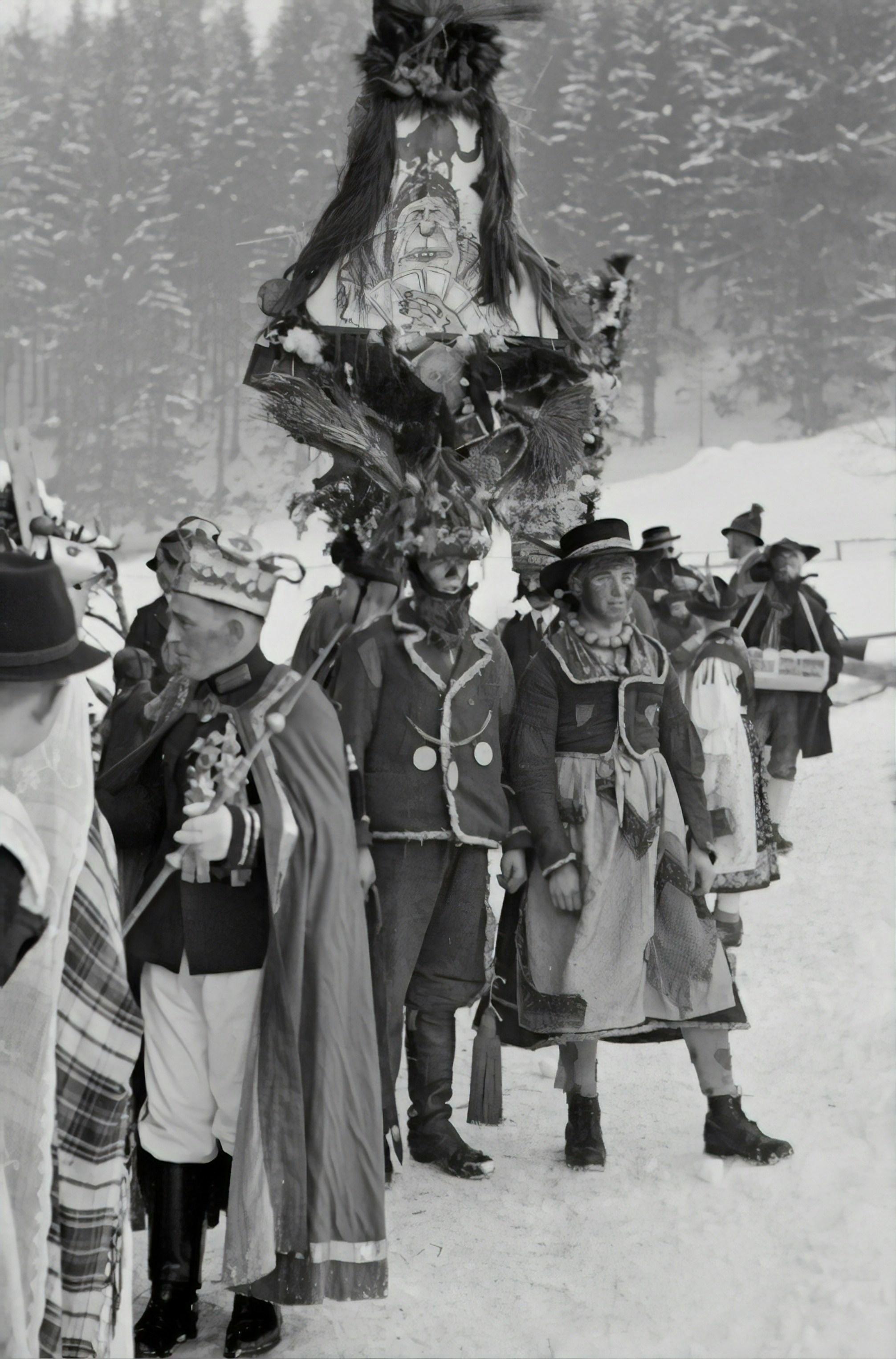In the realm of cinematic storytelling, the portrayal of historical figures is a task laden with both opportunity and responsibility. These roles offer actors the chance to breathe life into the past, shaping public perception of iconic individuals and pivotal moments. Yet, this artistic endeavor raises a compelling question: Should actors who step into the shoes of historical figures be held to a higher standard of accuracy and integrity? This inquiry delves into the heart of artistic license, ethical representation, and the impact of media on collective memory. As we navigate the intersection of history and performance, it becomes crucial to explore the expectations placed upon actors and the broader implications of their portrayals.
Evaluating Historical Accuracy in Performance
When evaluating the historical accuracy of performances, it’s essential to consider the balance between artistic expression and factual representation. Actors face the challenge of embodying historical figures in a way that resonates with audiences while remaining true to the essence of the individual. This involves extensive research into the character’s life, mannerisms, and the cultural context of their time. However, the portrayal should not be so rigid that it stifles creativity and storytelling. Instead, actors should strive for a nuanced performance that captures both the factual and emotional truth of the person they are depicting.
- Research and Authenticity: Actors must delve into historical records, letters, and accounts to build a credible portrayal.
- Balancing Fact and Fiction: While accuracy is crucial, the narrative should allow for creative liberties to enhance engagement.
- Cultural Sensitivity: Understanding the historical context and societal norms of the time is vital to avoid anachronisms.
Ultimately, the goal is to create a performance that honors the past while connecting with contemporary audiences. Historical integrity should guide the actor’s choices, but it should not constrain the artistic interpretation necessary to bring historical figures to life on stage or screen.

Balancing Artistic Freedom with Historical Integrity
Navigating the delicate interplay between artistic expression and historical accuracy presents a formidable challenge for actors and creators alike. When stepping into the shoes of a historical figure, an actor must grapple with the responsibility of honoring the truth while also delivering a compelling performance. This duality often sparks debate: should creative liberties be curtailed in favor of factual fidelity, or is there room for interpretation?
The stakes are high, with audiences increasingly valuing authenticity. Considerations include:
- Historical Context: How closely should the narrative adhere to documented events?
- Character Complexity: Is it acceptable to embellish certain traits to enhance storytelling?
- Audience Expectation: What balance satisfies both historical purists and those seeking entertainment?
Striking the right balance requires a nuanced approach, where artistry and accuracy are not seen as mutually exclusive but rather as complementary forces that can enrich the viewer’s experience.
 Public Perception“>
Public Perception“>
Impact of Portrayal on Public Perception
The way actors depict historical figures can significantly shape public understanding and attitudes. When these portrayals are nuanced and accurate, they can foster a deeper appreciation for the complexities of history. Conversely, oversimplified or inaccurate portrayals can perpetuate stereotypes and misinform audiences. This influence is particularly potent given the widespread reach of film and television, which often serve as primary sources of historical knowledge for many people.
Key considerations include:
- Accuracy: Ensuring that portrayals are factually correct to maintain historical integrity.
- Context: Providing the broader historical backdrop to prevent misleading interpretations.
- Representation: Acknowledging diverse perspectives and voices that were historically marginalized.
Actors, therefore, have a profound responsibility. By holding them to a higher standard, the entertainment industry can contribute to a more informed and empathetic society, encouraging viewers to engage critically with history.

Guidelines for Ethical Representation in Acting
When actors step into the shoes of historical figures, they carry the weight of both accuracy and sensitivity. Authenticity becomes crucial, as these portrayals can shape public perception and influence cultural memory. To achieve this, actors and filmmakers should adhere to ethical guidelines that respect the complexity and nuance of real-life individuals. Consider the following:
- Thorough Research: Actors should delve deep into the historical context, personal writings, and scholarly analyses of the figures they portray to ensure an informed representation.
- Cultural Sensitivity: It is essential to acknowledge and respect the cultural, social, and political environments that shaped the historical figure’s life.
- Collaborative Consultation: Engaging with historians, cultural experts, and communities connected to the figure can provide invaluable insights and avoid potential misrepresentations.
By adhering to these principles, actors not only honor the legacy of those they portray but also enrich the audience’s understanding of history.

